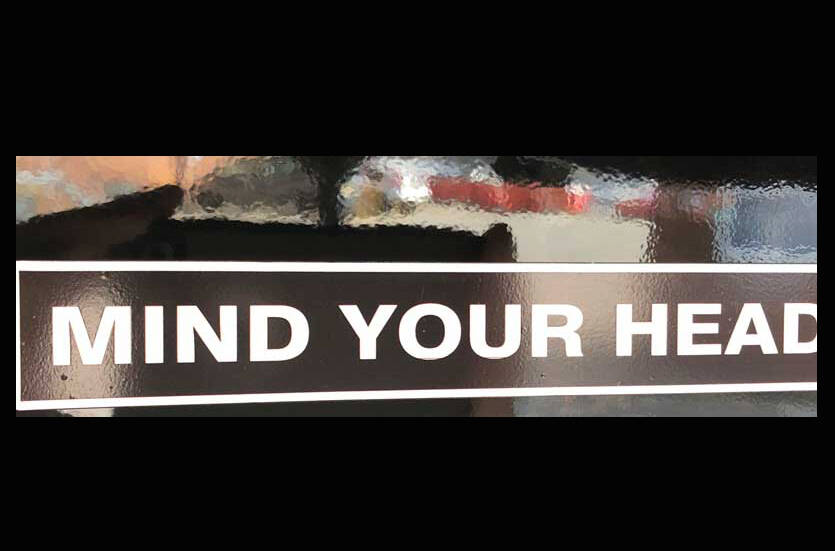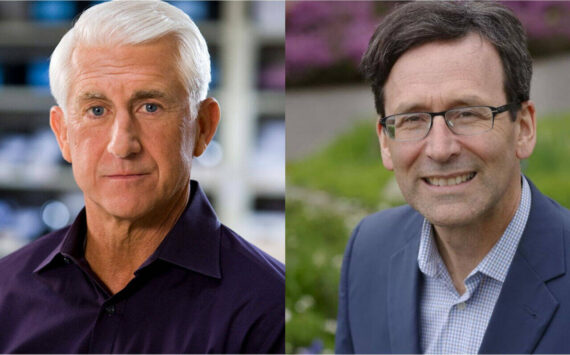By Morf Morford
Tacoma Daily Index
To say that it’s been a rough couple years would be the ultimate understatement.
Stress factors, from weather to economics to job security to health issues and many more, have seemed far more burdensome than many, if not most, of us have ever encountered.
The misery index, which emerged in the economic malaise of the 1970s is considered a convenient but, at best, imprecise metric.
Originally seen as a snapshot of the economy’s relative health, it has come to be applied to social and mental health of communities if not eras.
And, as we know too well, the state of the world is not good right now.
It has been said that desperate times call for desperate measures, and, as someone who works in addiction or mental health circles might say, it looks like it’s time for an intervention.
Many varieties of solutions, some old, some new, some practical and some visionary, have been explored and pursued.
As we know, addiction, stress, crime, homelessness, depression, and/or anxiety, the so-called “misery index” all seem to be climbing by the day.
Even before COVID, the term “deaths of despair” emerged (primarily because of the book Deaths of Despair and the Future of Capitalism by Princeton University economist Anne Case and Angus Deaton) as the authors looked at life spans and demographics and discovered that over about a hundred years life-spans increased for most – but not all – especially those white, working-class people ages 45 to 54 who were drinking themselves to death with alcohol, accidentally overdosing on opioids and other drugs, and killing themselves, often by shooting or hanging, committing most crimes and filing our prisons and mental institutions. And fueling our politics, from school boards to national elections, with extremism and conspiracy theories.
An erratic job market, emerging technologies and evaporating skill bases, disintegrating families and a thousand other social stressors had unleashed a rising tide of fatal despair.
No one found themselves immune from the forces. And some had burdens financial, emotional or physical, greater than others.
The word “despair” — derived from a Latin term meaning “down from hope” seemed to capture an era – but seems even more relevant now.
COVID infused isolation, economic uncertainty and of course, the cost of basics, from food to gas to housing has driven budgets – and relationships – to the edge.
Worry, anxiety and a sense of social disconnection have almost become hallmarks of our age.
To put it simply, we would not have a near constant level of rage and destructiveness as expressed by crime, arson, suicide and vandalism if we all, or at least most of us, had a strong sense of belonging in our communities and a sense of purpose in our individual lives.
Distrust of institutions – from government to religion and business and media – has become a hallmark of our times.
Few of us find consolation or hope where it has traditionally been found – in family, faith national identity.
An ever-increasing number of Americans, for example, feel that their country is going “the wrong direction”.
Disconnection and despair can lead to excessive self-rumination, negative and destructive self-talk, and obsessive behaviors that are difficult to break.
This holds true locally as well as nationally – if not internationally.
Washington state ranks 3rd in the nation for mental illness among adults (nearly 24% of the population), and a government survey ranked Washington 49th in the nation for psychiatric bed capacity.
State payments to five private psychiatric hospitals nearly tripled over five years, totaling almost $67 million in 2018, and the near-term projection (including the construction of additional hospitals) totals $1 billion.
PTSD, sustained stress and near universal uncertainty, all expressing themselves in increasing withdrawal, depression, rage and a variety of social expressions from crime to domestic abuse are taking their toll on all of us.
With the mental healthcare crisis on the rise and a significant shortage of resources, our state and our nation clearly need more effective treatment options.
And several states, agencies and medical institutions are working on approaches to mental health and recalibration that are innovative and historic at the same time.
Chemical therapy
Addressing the most difficult transitions and challenges of human existence has never been easy. When compounded or emphasized by pain, disease, addiction or even the end of life, extraordinary measures are often called for.
Enter the therapeutic use of psychedelics.
Besides its predominant tie-dye associations, this class of drugs was used in a wide range of therapeutic applications until all research was stopped in the 1970s.
The term itself was established in 1956, by British-born Canadian psychiatrist Humphry Osmond from Greek psyche (“mind”) + dēloun (“make visible, reveal,” from the root *dyeu- “to shine”).
Psychedelics
The word “psychedelic” though currently associated with swirls of bright colors and pulsating music, actually has historic, even ancient roots.
And, if a new generation of specialists has anything to say about it, a promising future in addressing many of the ailments apparently inherent in modern life.
Academic research with these compounds was first started in the 1950s and ‘60s, it abruptly ended in the early 1970s in response to unfavorable media coverage.
End of life and palliative care
For an overview of how these drugs might be used in end of life settings, I suggest this article or this detailed paper.
JAMA Psychiatry recently announced that their original study showing the effects of psilocybin on participants with Major Depressive Disorder was their most discussed article of 2021.
At a time where mental health is of the utmost concern, the results from this study showed a potential pathway towards treatment for those suffering from depression. The results of the study were covered by over 200 media outlets, including The Washington Post, Scientific American, NPR, National Geographic, Forbes, a variety of medical journals and many more.
Just a few of the educational institutions exploring this topic are Harvard, Stanford, Purdue and Columbia.
Another agency using these drugs with great effectiveness is the US Department of Veteran’s Affairs.
Cue the entrepreneurs
As you might guess, there is money to be made in this new industry.
In Oregon, where psychedelic therapy has been legalized, retreats are available – but be prepared to pay. If so inclined, save your pennies and look here for details.
On a broader front, Paul Stamets has had a focus on the restorative attributes of fungi across every area from digestion to forest restoration – and much more.
Some resources
The CBS News show 60 Minutes did a segment featuring an interview with Roland Griffiths, a professor of psychiatry and behavioral science at Johns Hopkins highlighting his work with patients with life-threatening cancer, helping longtime smokers quit, and helping patients overcome persistent depression.
Johns Hopkins has a continuing newsletter on the use of psychedelics in treating anorexia nervosa, smoking cessation, Alzheimer’s Disease, end of life care, and co-occurring alcohol use and depression. You can read or subscribe here.
On the legal front
The state of Oregon legalized these substances in 2020. You can see the fine print here.
There is an array of researchers, medical professionals and activists working on such a measure here in Washington.
For details on the Washington state ballot initiative, look here.
And here is a profile on the legal status of these products around the world.






